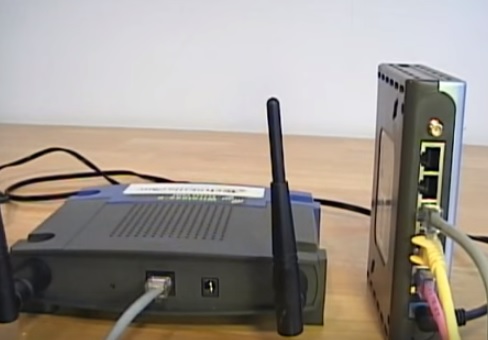
You'd plug your modem into your home phone line for a dial-up connection with your internet service provider, and then you'd wire the modem to your computer to connect that computer to the web. In the early days of the internet, a modem was all most people used to get online. All of that happens within a fraction of a second, and you see it play out on your screen because your modem is connecting you with Amazon through the web. Then, Amazon responds by sending the confirmation that your bulk order of red gummy bears is, indeed, in your cart. Here's a practical example: When you're at home shopping on Amazon and you click "Add to cart," your modem sends that request to Amazon's servers.

What's more, plenty of home internet providers will let you skip an equipment rental fee if you use your own modem or router, so buying your own hardware could save you money over the long run, too.
#Modem vs router vs access point how to
From there, you'll have a much easier time fixing problems as they arise, and you'll have a better sense of when and how to best upgrade your network, too. A good start is to build a sense of familiarity with what those different devices are doing, and how they work together to get you online. There's no shame in that, but it's still well worth understanding how the Wi-Fi works. All of that depends on the hardware running our home networks - typically a modem and a router, or a gateway device that combines the two - but for a lot of us, that hardware is hard to understand and best left to technicians and tech-savvy friends and family to set up on our behalf. Our home internet connections have never been as important as they are now, with millions of us continuing to work, learn and socialize from home.


 0 kommentar(er)
0 kommentar(er)
